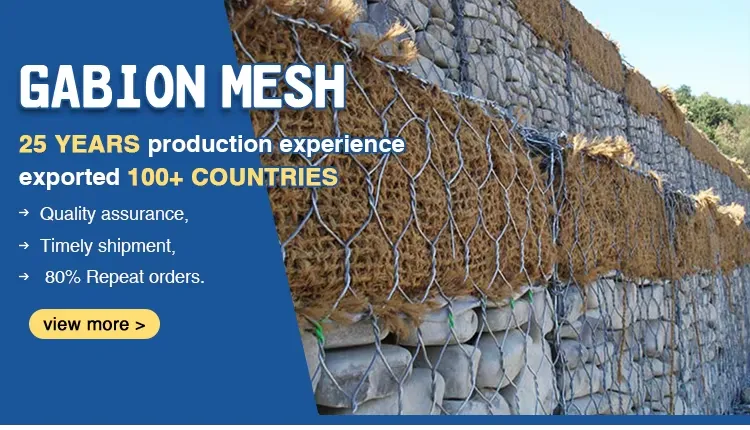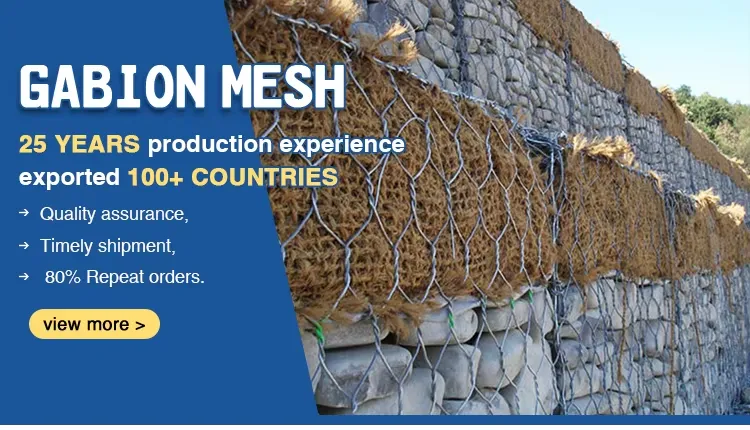Jan . 11, 2025 10:19 Back to list
galvanized grating


Trustworthiness is further established through compliance with industry standards. Leading manufacturers ensure their products meet rigorous ASTM and ANSI standards, providing assurance of quality and safety. This compliance not only demonstrates a commitment to product integrity but also assures engineers and stakeholders of the dependability of metal grating in crucial infrastructure projects. Moreover, advancements in manufacturing technology have propelled metal grating into the future. State-of-the-art techniques like laser cutting and automated welding enhance precision and strength, allowing for bespoke designs that meet specific project requirements seamlessly. This technological edge underpins the authoritative power of metal grating manufacturers in delivering modern solutions that meet today’s engineering challenges. Ultimately, the rise of metal grating across diverse sectors is a testament to its unparalleled qualities. Whether providing an industrial solution or innovating an architectural masterpiece, metal gratings stand as a beacon of experience, expertise, authoritativeness, and trustworthiness. As industries continue to evolve, the metal grating is poised to remain at the forefront, offering reliability and innovation in equal measure.
Latest News
-
Brick Mesh Wall Solutions | Enhanced by GPT-4 Turbo Design
NewsAug.01,2025
-
Premium Anti-Climb Fence Spikes for Sale
NewsAug.01,2025
-
Premium Peach Post Fence | Durable & Stylish Security
NewsJul.31,2025
-
Best Galvanized Grating Price - Durable Galvanized Steel Grating Solutions
NewsJul.30,2025
-
0.5-4.0mm Wire 2×2 4×4 8×8 Hot Dipped Galvanized Welded Mesh Roll
NewsJul.30,2025
-
Metal Fence Pickets for Sale – Durable Galvanized & Steel Options
NewsJul.29,2025
Our company owns has excellent CAD steel grating drawing designers, who can provide customers with perfect steel grating layout design and better meet customers' special requirements for products. We have been adhering to it the business tenet of "quality first, customer first", with high-quality products, reasonable prices, and the fastest delivery time, we wholeheartedly provide customers with a full range of services! Welcome new and old customers to cooperate sincerely and create brilliance together!
Contact Us
WELCOME TO OUR COMPANY!
Thank you for your interest in our services! If you have any questions or wousld like to book a service, please don’t hesitate to contact us. Our team is dedicated to providing you with the highest level of service and support, and we are committed to working with you to make your event a success.

Service Email

Service Phone
Product Center
Contact Us
- Phone: +86 +86 15733154345
- E-mail: sales@chengsenchina.com
- Address: B1213 GLOBAL CENTER, NO.226 ZHONGHUA NORTH STREET, SHIJIAHUANG, CHINA


























